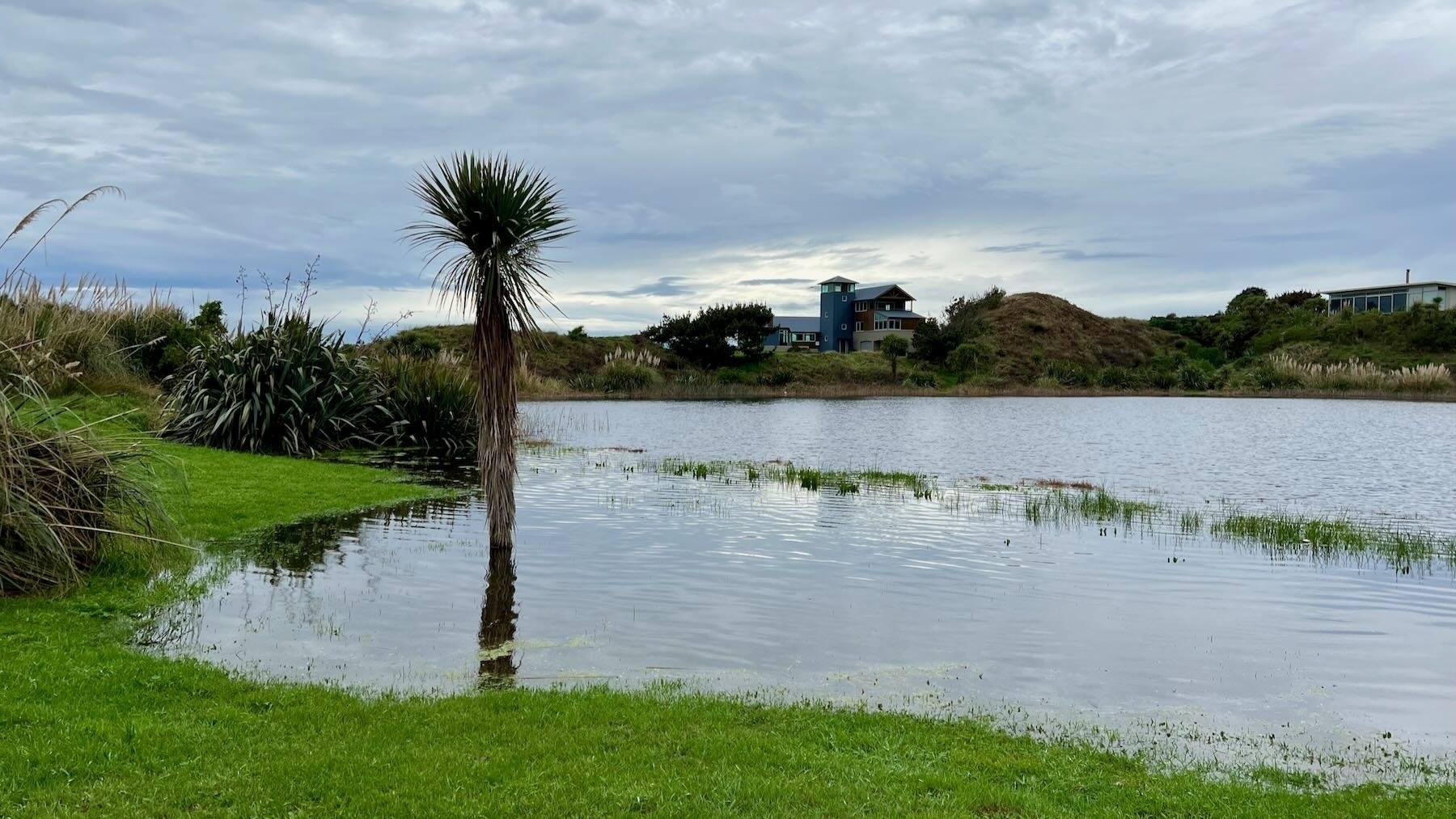
Sea-level rise around Aotearoa New Zealand is speeding up, according to Stats NZ. That brings increased risks of flooding and erosion, drainage problems, groundwater levels increase, and possible intrusion of salt water into the underground aquifers.
According to Coastal sea-level rise | Stats NZ:
Wellington’s mean sea-levels rose by 2.84 (±0.18) mm per year between 1961 and 2020. This is more than double the mean sea-level rise rate between 1901 and 1960, which was 1.23 (±0.26) mm per year.
While sea-level rise at Waikawa Beach may not be the same as at Wellington we don’t have any local data so could use Wellington as a proxy.
2.84 mm per year for 60 years totals 170.4 mm or 17.04 cm (6.71 inches).
Stats NZ go on to say:
Why it is important
Sea-level rise affects our coastal communities, infrastructure, coastal habitats, and biodiversity, including taonga species. Communities (including marae) and infrastructure (including urupā) are directly affected by rising sea levels through increased risks of flooding and erosion (Awatere et al., 2021; Parliamentary Commissioner for the Environment, 2015).
Future climate change projections indicate that sea levels will continue to rise, which will increase the exposure and frequency that coastal communities, infrastructure, coastal habitats, and biodiversity are impacted.
Estuaries, coastal wetlands, and the coastal margins we inhabit are at risk of being lost through coastal erosion or flooding if they cannot retreat due to arable, built, or unsuitable land on their landward edge (that is, ‘coastal squeeze’, Wong et al., 2014). Drainage of gravity-fed stormwater systems in low-lying areas will be increasingly difficult as flooding, wave overtopping, and groundwater levels increase (White et al., 2017). Underground freshwater aquifers are at risk of contamination from saltwater intrusion (Parliamentary Commissioner for the Environment, 2015).
Via Radio NZ: Rate of sea-level rise around New Zealand doubles in the past 60 years.